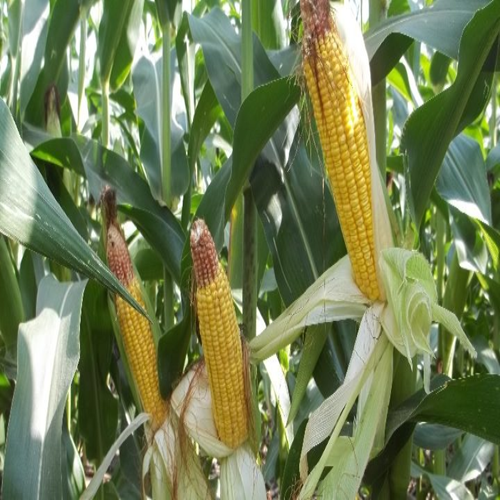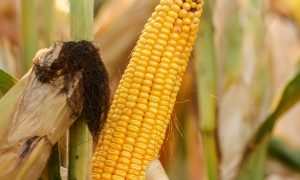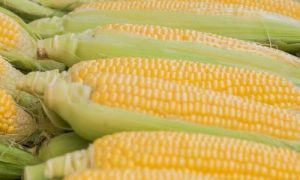Zambia’s insistence on GMO-free maize imports will hurt consumers’ pockets

Zambia faces a maize production crisis, with a more than 50% decrease due to a severe heatwave and drought. To meet domestic needs, it must import 1 million tonnes of maize, but insists on non-GMO maize, limiting options. South Africa, a major producer, has mostly GMO maize. Zambia’s solution may lie in policy adjustments, following Zimbabwe’s lead. Embracing GMOs could enhance yields, as seen in South Africa. Urgent reform is needed to ensure food security and adapt to climate change.
Zambia’s maize production in the 2023/24 season is down by more than 50% to an estimated harvest of 1.6 million tonnes because of the intense heatwave and mid-summer drought. The country must now import about a million tonnes of maize to meet its domestic annual needs.
The government has encouraged the private sector in the country to ramp up its effort to import maize. However, the challenge is that it wants only non-genetically modified maize. Zambia still prohibits cultivating and importing genetically modified maize (GMO maize).
It is already difficult to find white maize in the world market regardless of whether it is GMO or GMO-free, as the major producers are the southern African region (South Africa specifically) and Mexico. Most of the world’s maize is yellow maize for animal feed.
The drought has hit the entire southern Africa region. The region’s primary maize producer, South Africa, saw its harvest fall by 19% year-on-year to 13.3 million tonnes in the 2023/24 season. Still, South Africa could have about 1.5 million tonnes for the export markets. This is both white and yellow maize.
South Africa is out of the equation when considering GMO-free maize, as the country’s maize is roughly 85% GMO. Zambia will have to put its faith in Mexico and Tanzania for GMO-free maize supplies. Whether it will succeed in securing such supplies remains an open question. I am not optimistic, as these countries also face challenges in their production season.
The path forward
Zambia should consider adjusting its policies to permit the importation of GMO maize, which can be transported directly to millers if the government doesn’t want the grain to reach farmers. This is an approach Zimbabwe uses, making it among the significant maize importers from South Africa.
In the medium term, however, Zambia, Zimbabwe and many other countries in the region should consider reviewing their GMO policies. The southern Africa region, and indeed the African continent, must embrace technology and the newly improved seed cultivars to boost domestic production.
Admittedly, there are legitimate debates about the ownership of seeds and how smallholder farmers in some developing countries could struggle to obtain seeds. These are realities that policymakers in African countries should manage regarding reaching agreements with seed breeders and technology developers while not closing off innovation. Technology developers also need to be mindful of these concerns when engaging with governments in African countries.
South Africa is the only exception and has, since the 2001/02 season, embraced genetically modified crops. The country has also enjoyed improvements in yields and is now a leading producer of grains in the region. According to the International Grains Council, South Africa produces about 16% of sub-Saharan maize, utilising a relatively small area of an average of 2.5 million hectares since 2010.
By contrast, Nigeria planted 6.5 million hectares in the same production season but harvested only 11 million tonnes of maize, equating to 15% of the sub-Saharan region’s maize output. Irrigation has been an added factor in South Africa, but not to a large extent, as only 10% of the country’s maize is irrigated, with 90% being rainfed, making it similar to other African countries.
Notably, although the yields are also influenced by improved germplasm (enabled by non-genetically modified biotechnology) and improved low and no-till production methods (facilitated through herbicide-tolerant genetically modified technology), other benefits of genetically modified seeds include labour savings and reduced insecticide use as well as enhanced weed and pest control. Hence, with Africa struggling to meet its annual food needs, using technology and genetically modified seeds should be explored to boost production.
Many African governments should reevaluate their regulatory standards and embrace technology. In the case of Zambia, we are now at an appropriate time for such reform, and the government must embrace change for the good of farmers and consumers.
Zambia should take advantage of the maize surplus in South Africa by adjusting its policies and permitting imports. Failure to do so will not necessarily hurt South African farmers, as they will still have robust demand from Zimbabwe and the Far East. Those who will lose are the Zambian consumers who have to contend with reduced maize supplies at higher prices.
A rethink of the seed policies is long overdue. The improved seed cultivars are part of the technologies that will help Africa’s agriculture adapt to climate change. DM















